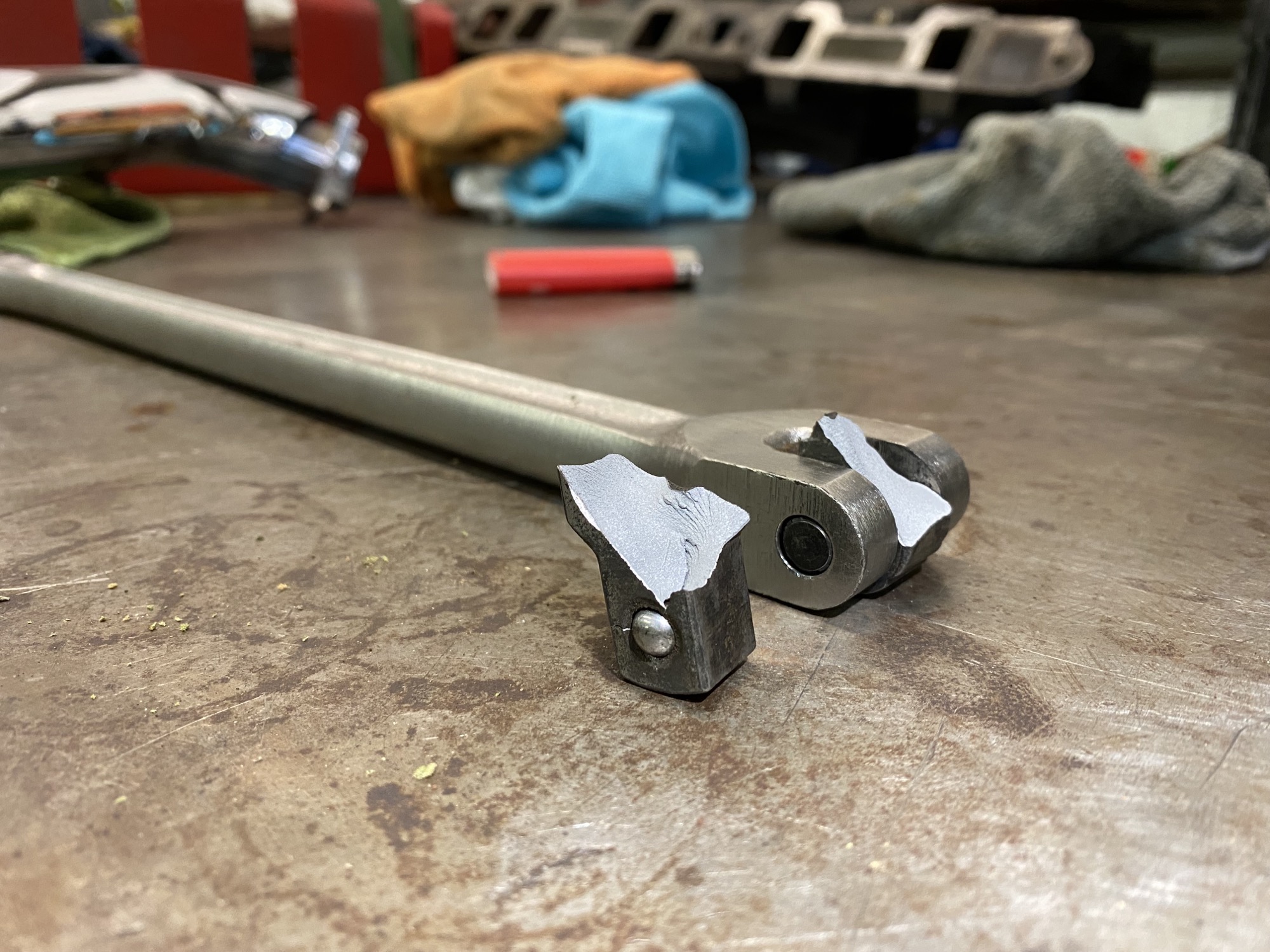The Power of Breaker Bars: A Comprehensive Guide to Mastering Your Mechanics

SEO Title: Unleash the Potential: The Breaker Bar Revolutionizing Mechanical Work
SEO Meta Description: Discover how the breaker bar can revolutionize your mechanical projects. Learn its benefits, applications, and how to choose the perfect one for your needs.
Introduction
Welcome to the ultimate guide on breaker bars, the unsung heroes of the mechanical world. In this comprehensive article, we’ll delve into the intricacies of breaker bars, uncovering their applications, benefits, and everything you need to know to wield them effectively. Whether you’re a seasoned mechanic or a DIY enthusiast, understanding the power of breaker bars can elevate your mechanical prowess to new heights.
Breaker Bar: Unveiling the Essential Tool
Understanding Breaker Bars
Breaker bars, also known as power bars or torque bars, are indispensable tools in the realm of mechanical work. These elongated wrenches are designed to provide additional leverage, allowing users to apply greater torque with minimal effort. They are a must-have in any toolkit, especially for tasks requiring stubborn fastener removal or precise tightening.
Anatomy of a Breaker Bar
To harness the full potential of a breaker bar, it’s essential to understand its anatomy:
- Handle: The elongated handle provides ample leverage, enabling users to exert significant force.
- Head: The head of the breaker bar houses various drive sizes, accommodating different socket attachments.
- Length: Breaker bars come in various lengths, with longer bars offering increased leverage and torque.
Selecting the Perfect Breaker Bar
Factors to Consider
When choosing a breaker bar, several factors come into play:
- Length: Opt for a length that suits your specific needs, balancing leverage with maneuverability.
- Material: Look for high-quality materials such as chrome vanadium steel for durability and strength.
- Drive Size: Ensure compatibility with your existing socket set by selecting the appropriate drive size.
- Comfort: Consider ergonomic handles for extended comfort during prolonged use.
Types of Breaker Bars
- Flex-Head Breaker Bars: Featuring a flexible head, these bars provide versatility in accessing tight spaces.
- Telescoping Breaker Bars: Adjustable in length, telescoping bars offer enhanced reach and flexibility.
- Swivel-Head Breaker Bars: With a swiveling head, these bars allow for multidirectional torque application.
Breaker Bar Applications: From Automotive to Industrial
Automotive Maintenance
Breaker bars are indispensable in automotive maintenance tasks, including:
- Lug Nut Removal: Easily tackle stubborn lug nuts with the added leverage of a breaker bar.
- Engine Repairs: Simplify engine repairs by effortlessly loosening tight bolts and fasteners.
- Suspension Work: Facilitate suspension repairs by applying precise torque to critical components.
Industrial Applications
In industrial settings, breaker bars find extensive use in:
- Heavy Machinery Maintenance: Streamline maintenance procedures by efficiently handling large bolts and nuts.
- Assembly Line Operations: Enhance productivity on assembly lines by swiftly tightening or loosening fasteners.
- Construction Projects: Expedite construction projects by leveraging breaker bars for structural assembly.
Breaker Bar Maintenance and Safety Tips
Maintenance Guidelines
To prolong the lifespan of your breaker bar:
- Keep It Clean: Regularly wipe down your breaker bar to remove dirt and debris.
- Inspect for Damage: Routinely inspect for signs of wear or damage, such as cracks or corrosion.
- Lubrication: Apply lubricating oil to moving parts to ensure smooth operation.
Safety Precautions
When using a breaker bar, prioritize safety:
- Wear Protective Gear: Always wear safety goggles and gloves to shield against potential hazards.
- Secure Workpieces: Ensure workpieces are properly secured to prevent accidents.
- Mind Your Surroundings: Be mindful of your surroundings and avoid working in precarious positions.
FAQs (Frequently Asked Questions)
Q: Can a breaker bar replace a torque wrench?
A: While breaker bars provide substantial torque, they lack the precision of a torque wrench for specific torque settings.
Q: Are breaker bars suitable for use with impact sockets?
A: Yes, breaker bars are compatible with impact sockets, making them versatile tools for various applications.
Q: Can I use a cheater pipe with a breaker bar?
A: While it’s possible, using a cheater pipe can compromise the integrity of the breaker bar and should be avoided.
Q: What is the recommended torque for lug nut tightening?
A: Refer to your vehicle’s manufacturer specifications for the recommended torque values for lug nut tightening.
Q: How do I prevent over-tightening when using a breaker bar?
A: Exercise caution and apply torque gradually, periodically checking the tightness to prevent over-tightening.
Q: Can breaker bars be used for delicate tasks such as electronics repair?
A: Due to their high torque capabilities, breaker bars are not suitable for delicate tasks and may cause damage.
Conclusion
In conclusion, the breaker bar stands as a stalwart companion in the realm of mechanical work, offering unparalleled leverage and torque for a myriad of applications. By understanding its nuances and applications, you can elevate your mechanical prowess and tackle projects with confidence and efficiency.
Unlock the potential of breaker bars today and revolutionize your approach to mechanical work!



Leave a Comment